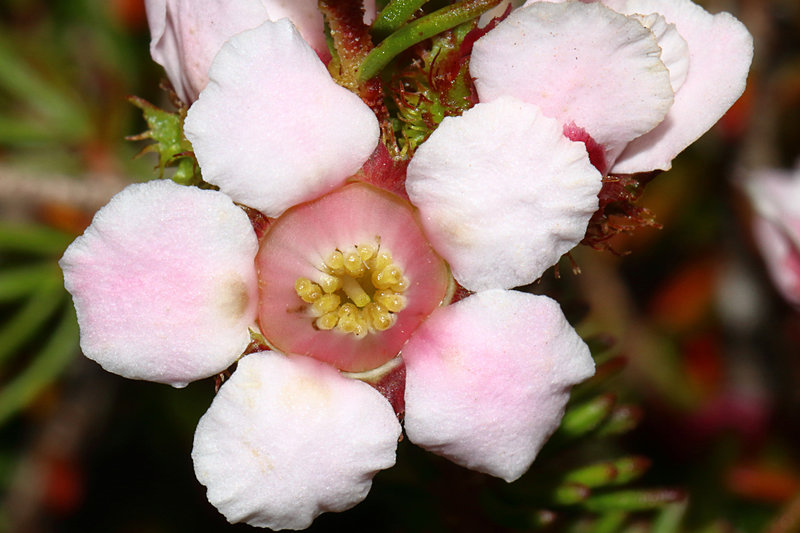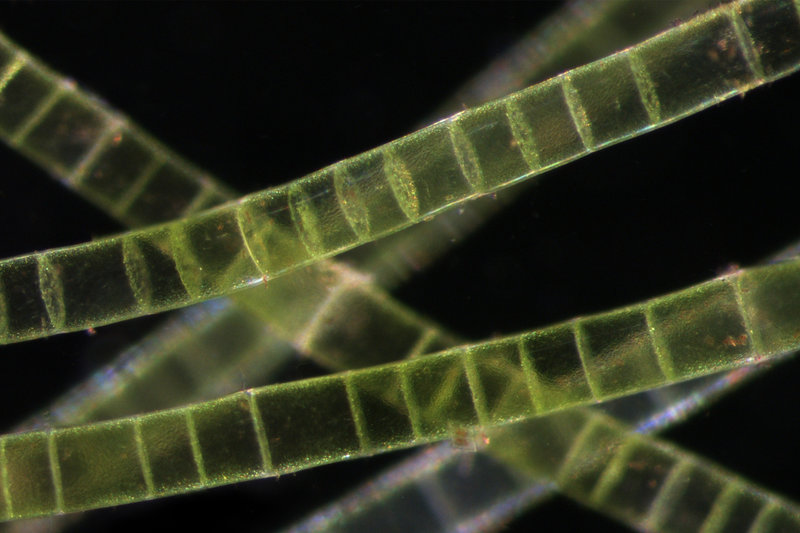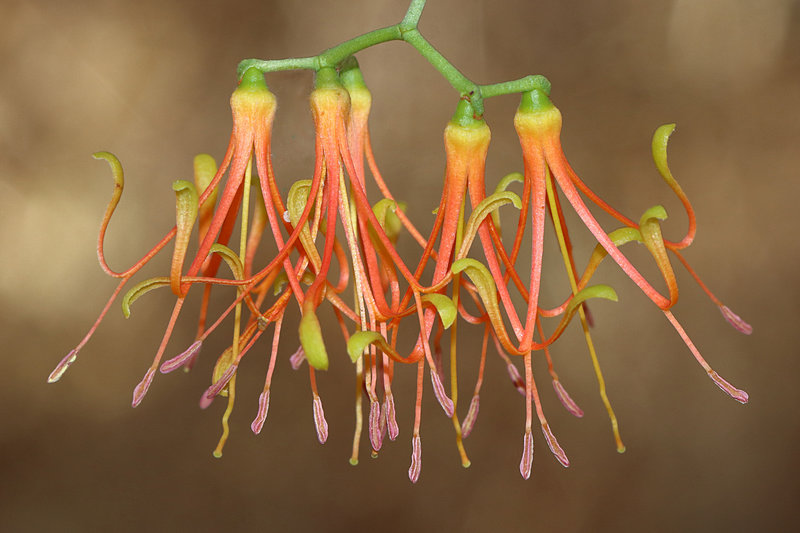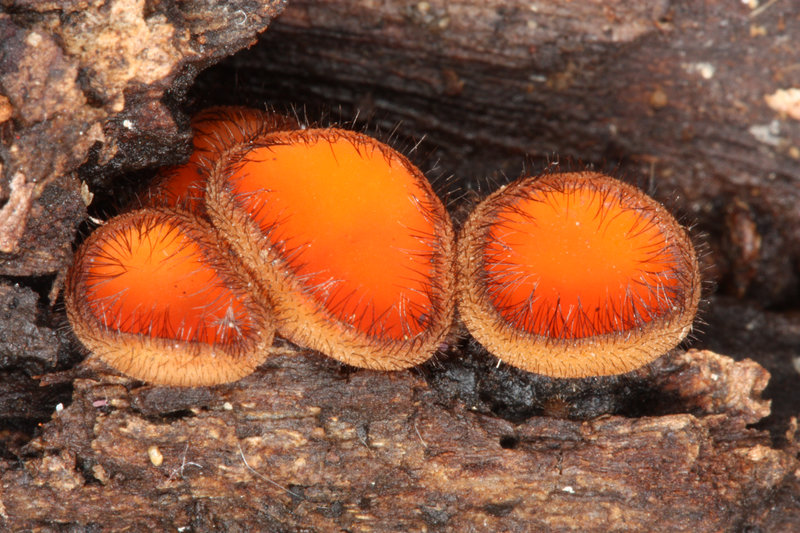
Plant of the Month
October 2024
White Banjine is an attractive, erect shrub usually 0.5–1 m high, with dark green, ovate, pointed-tipped leaves and terminal white flowerheads.
Read
Plant of the Month
September 2024
Triumfetta tenuiseta is a perennial shrub growing to 1 m high with spreading or ascending branches.
Read
New to Nuytsia
New names have been published today in Leucopogon, Cynodon, Goodenia and Thryptomene.
Read
Plant of the Month
August 2024
Cotton Bush is a much-branched, silver, grey-green shrub 10–120 or more cm tall and across.
Read
Plant of the Month
July 2024
Introducing Clandestine Triggerplant, an undescribed species of Stylidium from the eastern Kimberley and adjacent Northern Territory.
Read
Plant of the Month
June 2024
Grevillea miniata is an open, spreading to erect shrub or tree, growing to 1.8–5 m high.
Read
New to Nuytsia
Three new species of Thysanotus have been published today along with typification details for several species of Myrtaceae.
Read
Plant of the Month
May 2024
This month, we highlight one of our non-plant taxa, the eye-catching Pretzel Slime Mould.
Read
Plant of the Month
April 2024
Cork Hopbush is a member of the small family Zygophyllaceae and is endemic to Western Australia.
Read
New to Nuytsia
A summary of updates to WA’s vascular plant census has been published today, along with research on Styphelia, Pterostylis, Hibbertia and Calandrinia.
Read
Changes to Nuytsia
Nuytsia has transitioned to a fully online journal, which means hardcopies will no longer be produced. Individual papers will continue to be published throughout the year on Florabase where they remain freely available.
Read
Plant of the Month
March 2024
Every March, we highlight one of Western Australia’s seaweeds, and this month, we have Rhipilia psammophila (the ‘sand-loving’ Rhipilia), a new species that was described in late 2023.
Read


